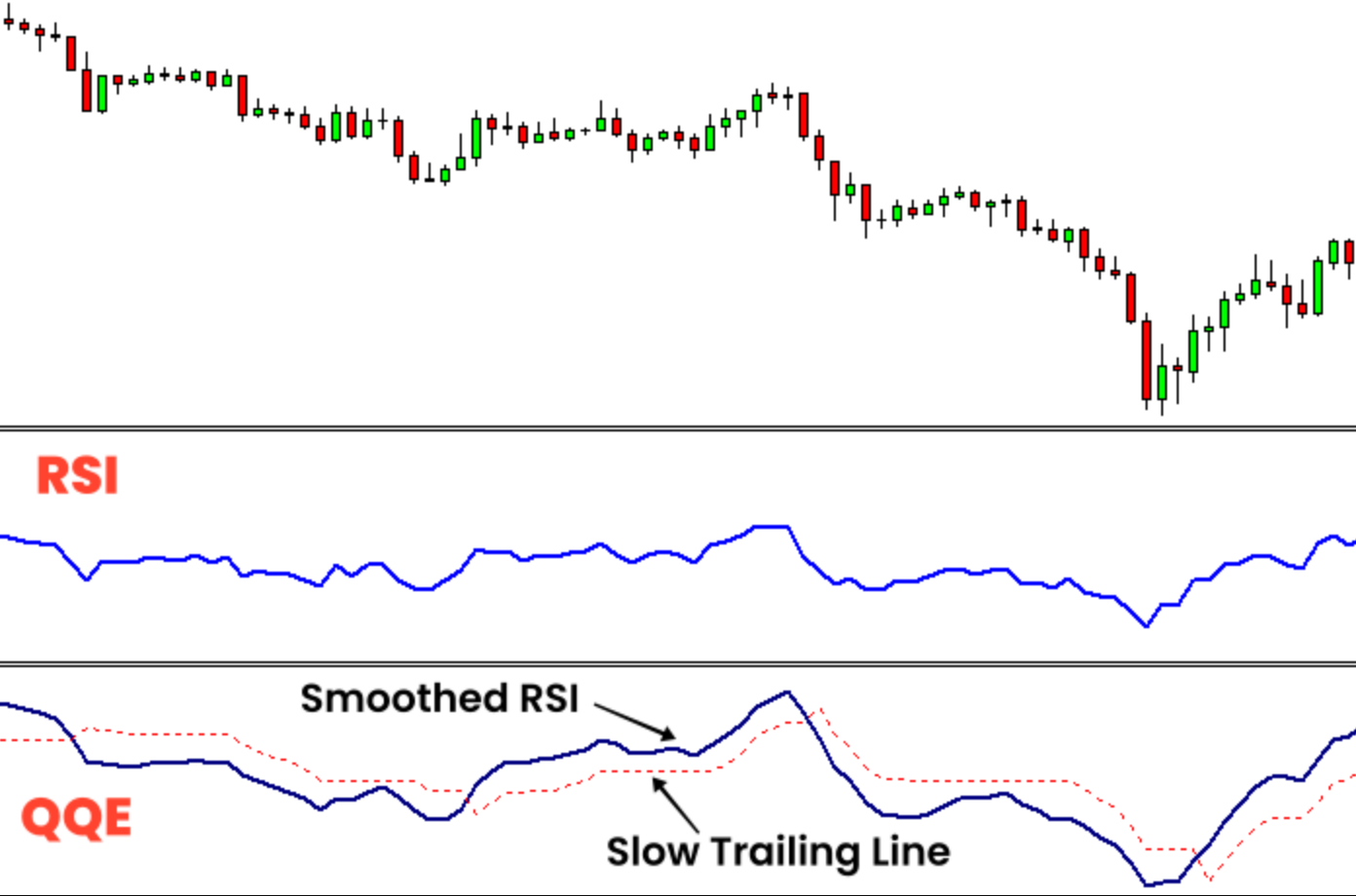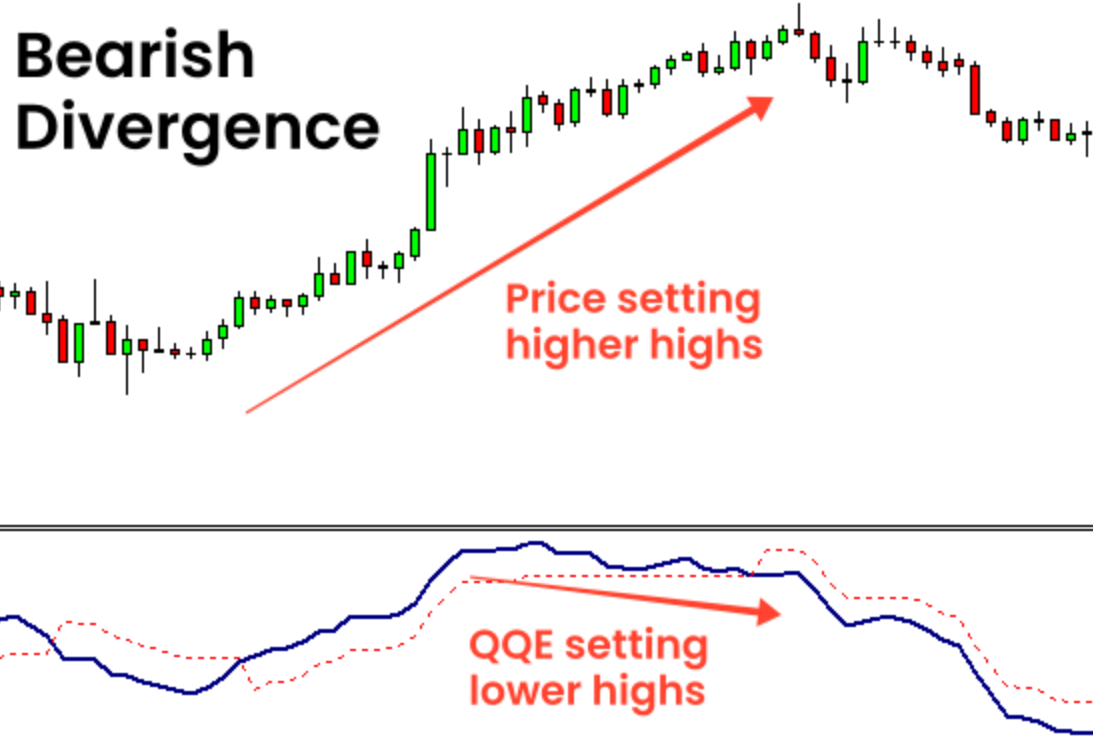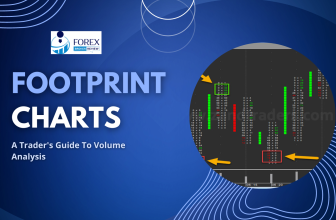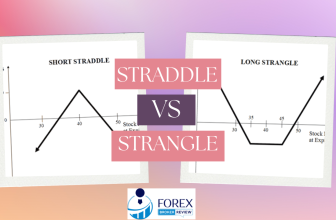
The QQE indicator is a powerful tool for traders looking to enhance their trading strategies and make more informed decisions. In this comprehensive guide, we will explore the basics of the QQE indicator, its purpose, and how to incorporate QQE signals into your trading strategy.
The QQE indicator, short for Quantitative Qualitative Estimation, is designed to identify potential trend reversals and generate buy or sell signals. It combines moving averages and relative strength index (RSI) to provide a comprehensive analysis of market trends.
By understanding how to analyze and interpret QQE indicator data, traders can gain valuable insights into market conditions and make more accurate predictions. Additionally, we will share tips and best practices for effectively using the QQE indicator in your trading.
Whether you are a beginner or an experienced trader, this guide will provide you with the knowledge and tools to effectively incorporate QQE signals into your trading strategy and improve your overall trading performance.

Understanding the Basics of the QQE Indicator
To fully grasp the intricacies of the QQE Indicator, you should familiarize yourself with its fundamental principles and how it functions within the realm of technical analysis. The QQE Indicator, also known as the Quantitative Qualitative Estimation, is a comprehensive tool that combines multiple indicators to provide a holistic view of market trends and potential reversals.
It is based on the idea that price action is cyclical and moves between overbought and oversold conditions. The QQE Indicator consists of a smoothed RSI (Relative Strength Index) and a moving average of the RSI. By analyzing the relationship between these two components, traders can identify potential buy or sell signals. The QQE Indicator is highly customizable, allowing traders to adjust the sensitivity and responsiveness according to their trading strategy and timeframe.

Source: tradingtact.com
The Purpose and Function of QQE Signals
Designed to provide valuable insights, the QQE signals seamlessly integrate into trading strategies, offering a dynamic tool to enhance decision-making processes. These signals serve the purpose of identifying potential entry and exit points in the market. By analyzing price movements and changes in trend, the QQE indicator generates signals that traders can use to make informed trading decisions.
The primary function of these signals is to indicate when a market is overbought or oversold. When the QQE line crosses above the 50 level, it suggests a bullish trend, indicating a potential buying opportunity. Conversely, when the QQE line crosses below the 50 level, it suggests a bearish trend, indicating a potential selling opportunity. Traders can rely on these signals to identify profitable trading opportunities and manage risk effectively.
Incorporating QQE Signals into Your Trading Strategy
Maximize your trading success by seamlessly incorporating QQE signals into your strategy and watch as your profits soar. QQE signals can provide valuable insights into market trends and help you make informed trading decisions. To incorporate QQE signals into your strategy, start by understanding the different types of signals generated by the QQE indicator. These signals include buy and sell signals, as well as overbought and oversold signals.
Once you have a clear understanding of these signals, you can use them to confirm your entry and exit points. Additionally, consider using other technical indicators or price action analysis in conjunction with QQE signals to further validate your trading decisions. Remember to always backtest your strategy and continuously monitor the performance of QQE signals to ensure their effectiveness in different market conditions. By incorporating QQE signals into your trading strategy, you can enhance your chances of success in the markets.
Analyzing and Interpreting QQE Indicator Data
Get ready to dive into the world of analyzing and interpreting QQE indicator data, because this is where you’ll uncover the secrets to unlocking profitable trading opportunities. The QQE indicator, also known as the Quantitative Qualitative Estimation, is a powerful tool that can provide valuable insights into market trends and potential entry and exit points. To analyze QQE indicator data, you need to understand its components, including the calculation of the smoothed RSI and the EMA of the smoothed RSI.
By examining the values of these components and their crossovers, you can identify potential trend changes and momentum shifts. Additionally, paying attention to the overbought and oversold levels can help you determine when a market is reaching extreme conditions and may potentially reverse. Armed with this knowledge, you can make more informed trading decisions based on the QQE indicator’s signals.
Tips and Best Practices for Using the QQE Indicator
To effectively utilize the QQE indicator, immerse yourself in these expert tips and best practices that will help you navigate the market like a seasoned trader. Firstly, it is crucial to understand that the QQE indicator is most useful in trending markets rather than during periods of consolidation. Additionally, it is important to use the QQE indicator in conjunction with other technical analysis tools to confirm signals and avoid false positives.
Remember to adjust the QQE indicator’s parameters to suit the specific market conditions and timeframes you are trading. Furthermore, regularly monitor the QQE indicator’s divergence with price action, as it can provide valuable insights into potential trend reversals. Lastly, practice proper risk management and always consider the broader market context when making trading decisions using the QQE indicator.
Frequently Asked Questions
Can the QQE Indicator be used for all types of financial markets, such as stocks, forex, and commodities?
No, the QQE indicator cannot be used for all types of financial markets. It is specifically designed for forex trading and may not provide accurate signals for stocks or commodities.
Are there any limitations or drawbacks to using the QQE Indicator?
There are limitations and drawbacks to using the QQE indicator. It may not work well in all types of financial markets and it can generate false signals. Additionally, it relies heavily on past price data and may not accurately predict future market movements.
Can the QQE Indicator be used as a standalone trading tool, or is it better to combine it with other indicators?
The QQE indicator can be used as a standalone trading tool, but it is often more effective when combined with other indicators. Combining indicators can provide a more comprehensive analysis of market trends and improve trading decisions.
How often should I adjust the settings of the QQE Indicator to optimize its performance?
Adjusting the settings of the QQE indicator to optimize its performance depends on market conditions and personal preferences. It’s important to regularly review and fine-tune the settings, but there is no specific frequency as it varies for each trader.
Are there any specific patterns or signals that traders should look out for when using the QQE Indicator?
Traders should look out for specific patterns and signals when using the QQE indicator. It is important to recognize these patterns as they can provide valuable insights for making trading decisions.
Conclusion
Overall, the QQE indicator is a valuable tool for traders looking to make informed decisions in the market. By understanding the basics of the indicator and incorporating QQE signals into your trading strategy, you can gain a deeper understanding of market trends and potential entry and exit points. However, it is important to analyze and interpret the QQE indicator data carefully, as well as adhere to best practices and tips for using the indicator effectively. With practice and experience, the QQE indicator can be a powerful asset in your trading arsenal.






